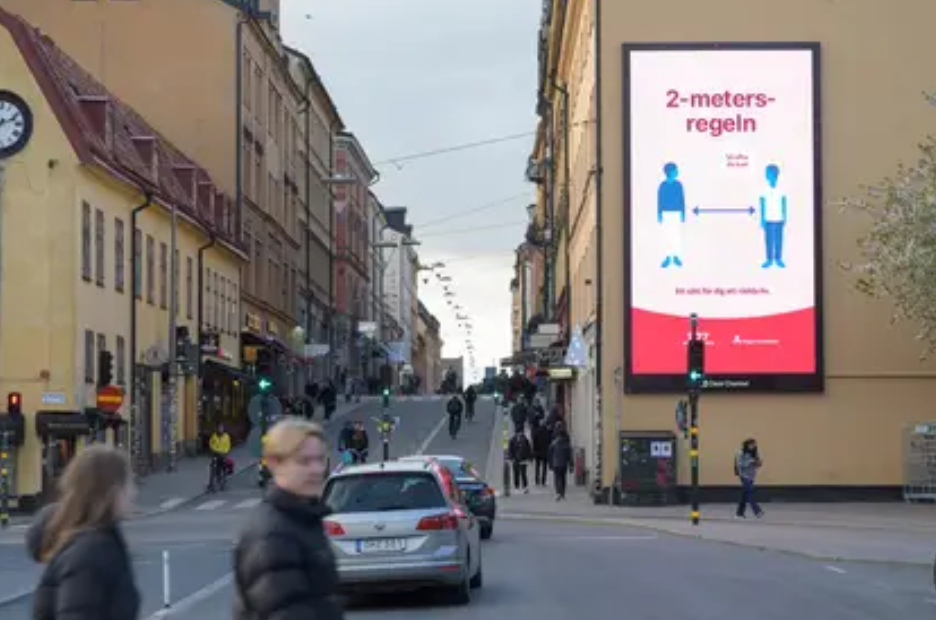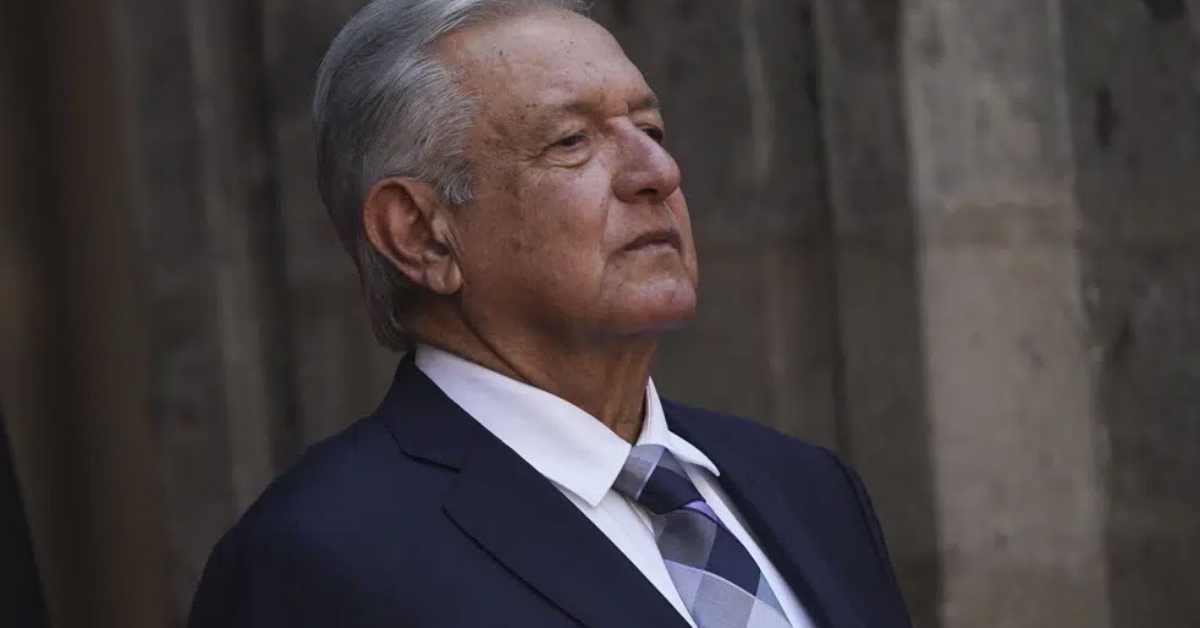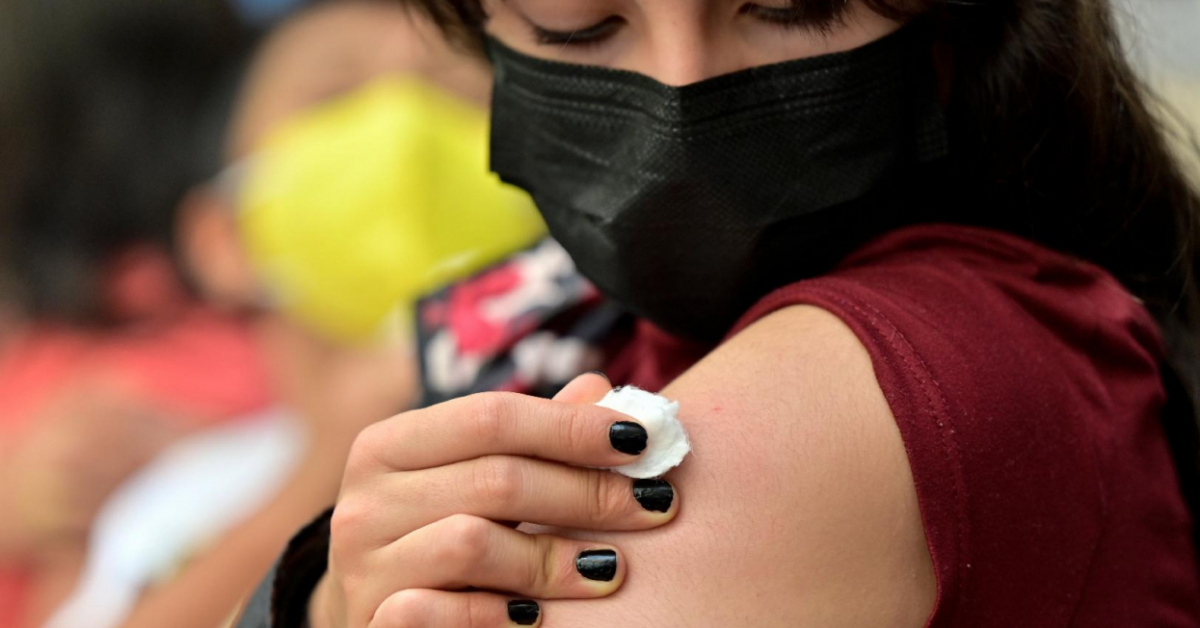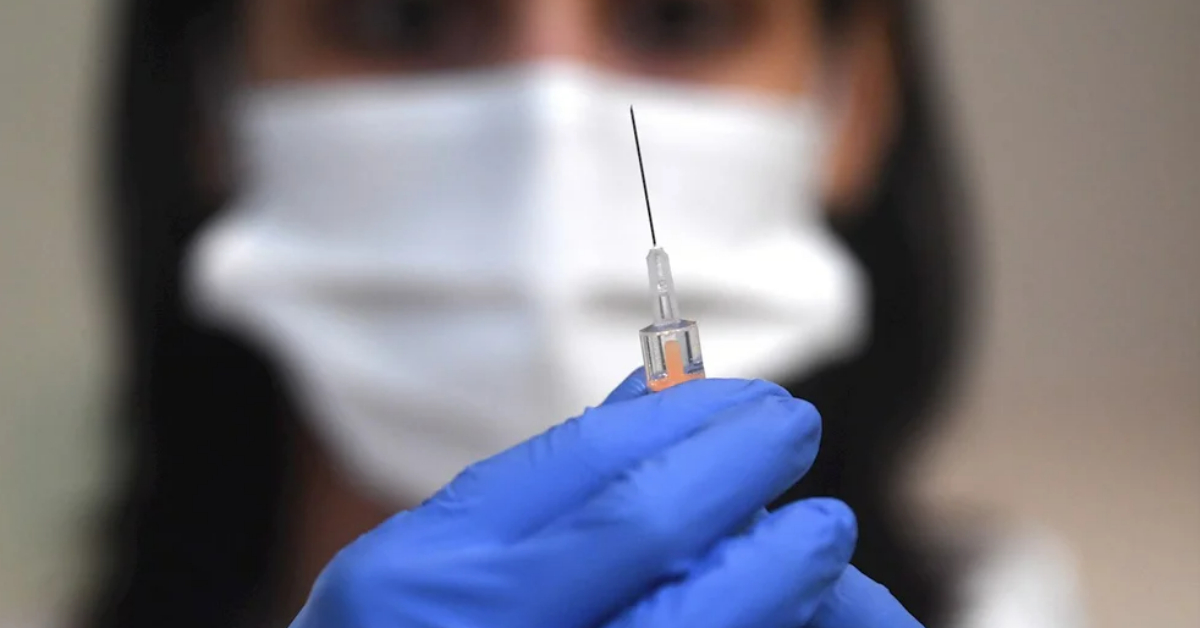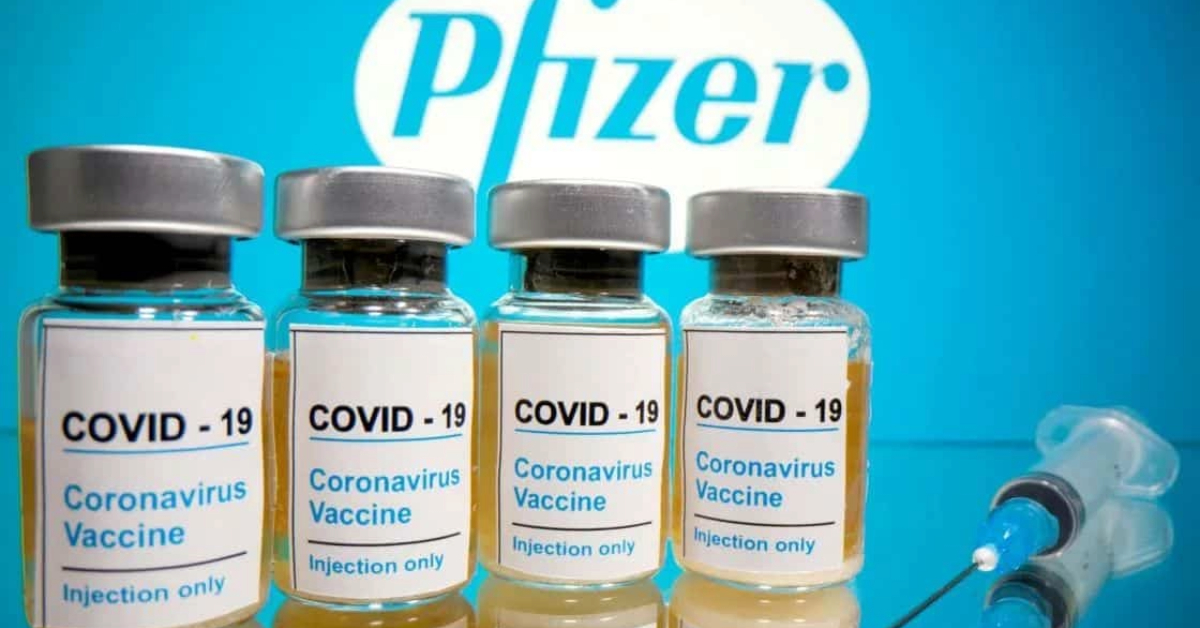The Swedish response model to the coronavirus pandemic became one of the most discussed in the world. Contrary to the vast majority of countries, which imposed more or less strict confinements, Sweden opted for a much more flexible approach, which enables people to leave their homes normally and keeps restaurants and schools open.
Both inside and outside the country, this strategy aroused much criticism and the health authorities were accused of being irresponsible. In fact, Sweden already registers 21,520 infections and 2,653 deaths, much more than any of the other Nordic countries .
Faced . . .


